NASA’s Hubble telescope, launched in 1990, has made enormous findings in space and revealed many mysteries of the universe. It has been a prominent face in many space missions and captured views of black holes, asteroids, galaxy structures, nebulas, etc. Hubble has been the most productive telescope in history that has discovered new things.
Recently, Hubble was in news for clicking fabulous pictures of a bright young star. This article will explore a few findings by Hubble that are considered milestones for our world.
Refer to our article 10 space facts that stunned the world to know crucial realities about space.
Different worlds
It has been a long-held curiosity of scientists to find out more about worlds like our solar system over the years. Hubble has traced the Neptune-sized planets that release heavy metals while shrinking. Such worlds absorb the entire starlight reaching the planet instead of reflecting it to space. Hubble has even shown evidence of a world revolving around a distant star that lost its atmosphere and gained one by volcanism.
Shrinking planet
Hubble observations discovered that the GJ3740b planet is losing its mass as its atmosphere evaporates. The discovery of close exoplanets (planets beyond our solar system) has revealed a shortage of an alien world. Such planets named hot Neptunes are unable to cling to their atmosphere due to the lack of strong gravity. The mass of GJ 3740b has already dwindled by more than a third, and it may eventually shrink down to the size of a mini-Neptune. It can even downsize to become a rocky version of the Earth.
Cotton candy planets
Our solar system contains a variety of planet sizes. As per the research, Kepler 51 system comprises 3 puffy planets having low densities that resemble cotton candies. Researchers combined the orbital motions of the planets with their sizes to calculate densities. It appears that they are as large and bulky as Jupiter, but in reality, they are one hundred times smaller.
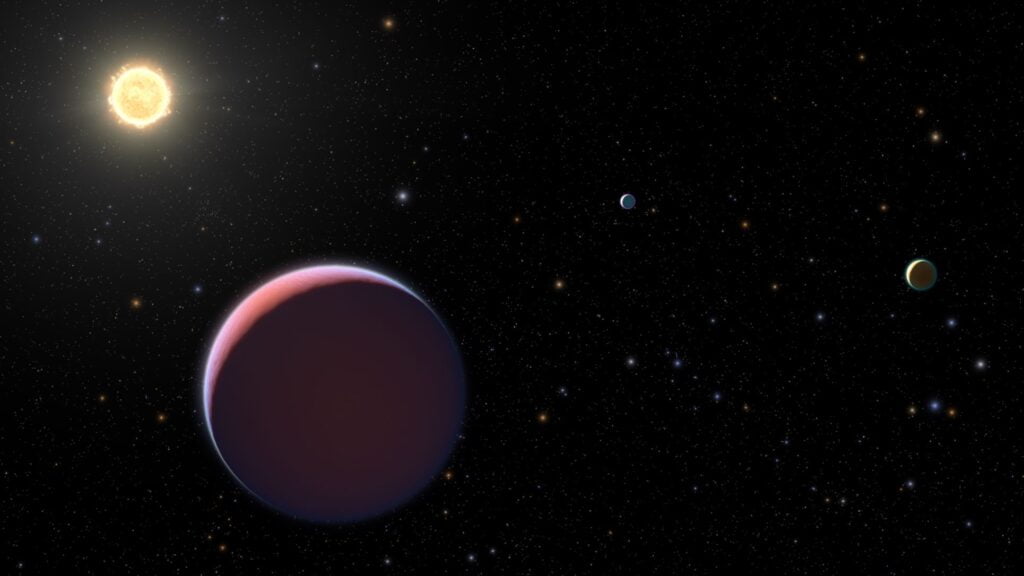
Pitch-black planets
Hubble has observed a planet outside of our solar system that is black as fresh asphalt due to its light consumption. Its atmosphere is capable of trapping at least 94% of the visible starlight falling into it. Exoplanet WASP-12b belongs to a class of hot Jupiters,(gaseous planets orbiting close to their host stars) that are subject to extreme temperatures. On the blistering day side of the planet, where temperatures reach 4,600 ° Fahrenheit, most molecules can’t survive in the hot atmosphere. It is therefore unlikely that clouds can form to reflect light back into space. It is rather hydrogen atoms that absorb the light and convert it into heat energy deep within the planet’s atmosphere.
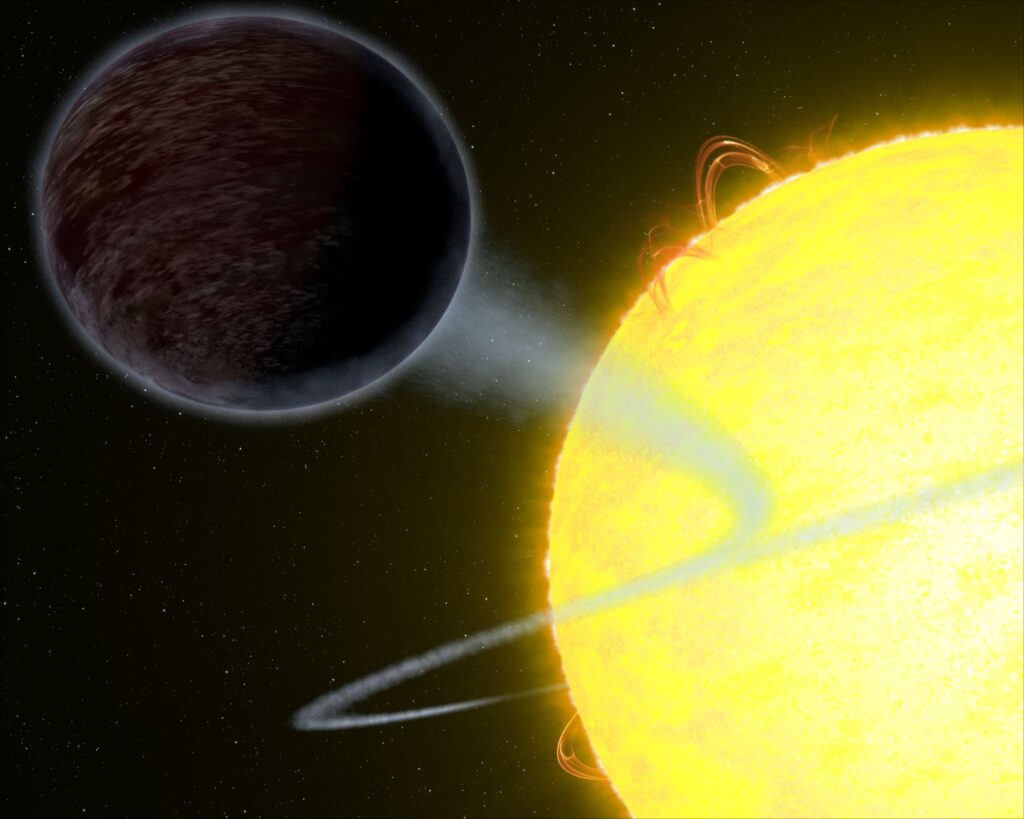
Dark matter
It is an unseeable matter whose gravity causes gas and dust particles to accumulate in galaxies and stars. This dark matter is invisible, but it’s possible to detect its presence, thanks to the Hubble telescope. It allows astronomers to detect the bending of light emitted by distant galaxies. This phenomenon is known as gravitational lensing. Researchers can recognize twisted galaxies and decompile their warps to know the location of dense matter.
Read our article 6 terrific explorations by Stephen Hawking to know more about universe discoveries.
Star birth
The formation of stars is a complicated process that emits UV radiations and shock fronts. The world has witnessed the amazing process of star formation due to Hubble’s infrared detectors. They enter into a nebula (cloud of gas and dust) which unveils the mysterious carving of radiation resulting from young stars. It also gives insights to study the atmosphere around newborn stars.
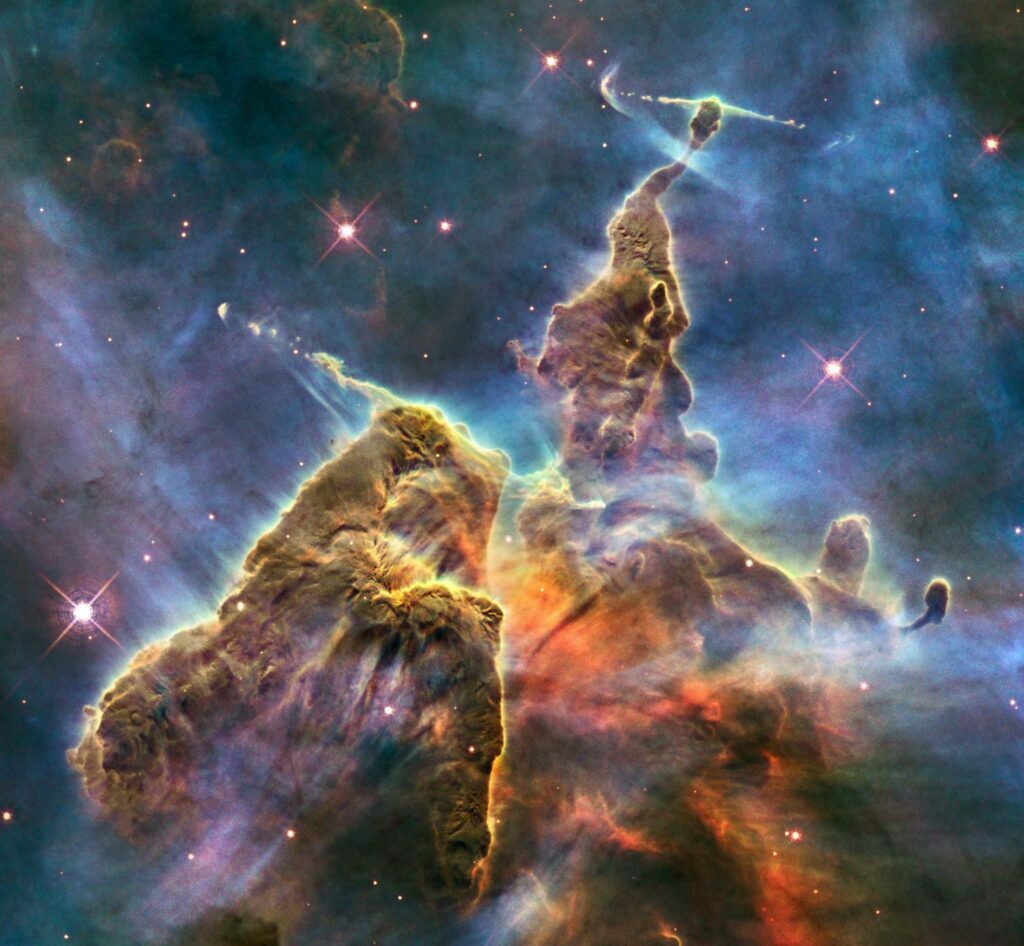
Light echo
An outburst of a star’s light reflected through space has been captured by Hubble in the most promising order. There was an exotic flash of light from a red supergiant star in January 2002 that appeared to be a growing bubble of junk. It was simply illuminating clouds existing around the star. Light travels at a limited speed, so it took years for the flash to go to the most remote clouds. This is popularly known as a light echo.
Brown dwarfs
Hubble has managed to spot several numbers of brown dwarfs in the Orion nebula. These bodies are neither planets nor stars, but they can provide information about their development. With Hubble’s location above Earth’s atmosphere and its near-infrared vision, it could easily see water on brown dwarfs. The presence of water is actually a clear indication of brown dwarfs.
Star death
The fate of the star’s death is tied to their birth. When a star runs out of hydrogen, it becomes a red giant star. Eventually, only the small, hot core known as a white dwarf will remain. White dwarfs will eventually disappear. A cataclysm called a supernova occurs when stars with a greater mass die in catastrophic explosions. These stars collapse to produce neutrons by crushing protons and electrons together. It is most likely that a neutron star will remain after the core collapses if the mass of the core is between one and three times that of the Sun. Whereas higher-mass stars will continue to collapse into black holes.
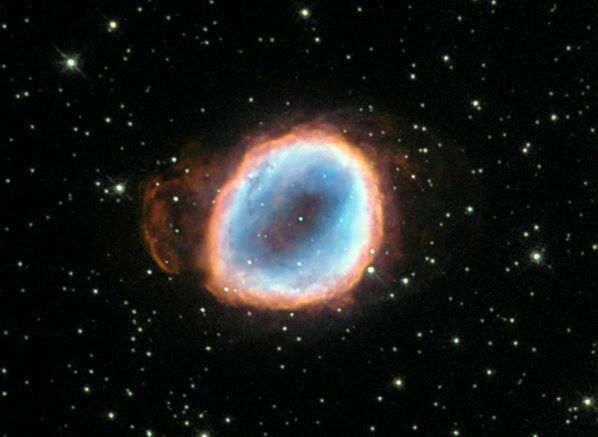
As a result of Hubble’s observations, a wide range of elements can be identified in the atmospheres of planets smaller than Earth. These elements include sodium, oxygen, carbon, hydrogen, carbon dioxide, methane, and water vapor. Its research show that life’s basic organic elements can be noticed and counted on planets orbiting other stars, paving the way for future observatories to perform more thorough experimentations.
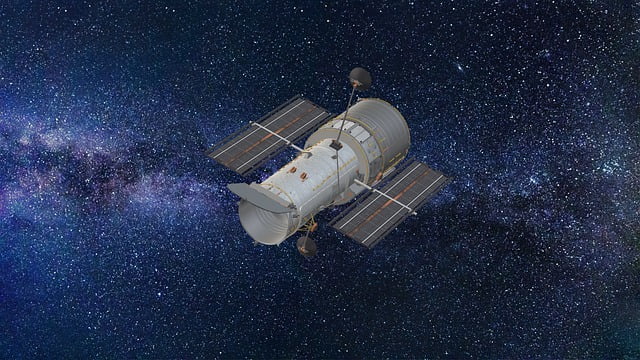


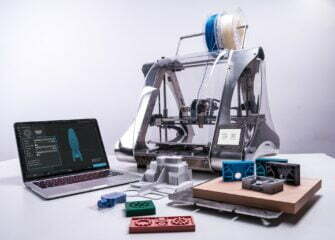
[…] news about asteroids hitting earth gives us goosebumps. Discoveries about space, solar systems, and planets always spark human curiosity. These are rocky bodies, basically small […]
[…] stars. Life on other planets, space existence, and aliens have always piqued human curiosity. The space exploration journey started long back in 1957 with the launch of Sputnik, the first artificial satellite. Since […]
[…] Read more, 8 Stunning Discoveries made by Hubble Telescope. […]
[…] If you want to learn more about space explorations, refer to 8 stunning discoveries made by Hubble Telescope. […]
[…] Also read, 8 stunning discoveries made by NASA’s Hubble Telescope. […]
[…] recent survey by NASA has suggested using LiDARs for complex space missions. These sensors can assess vegetation, water conditions, weather, temperature, etc., from the space […]